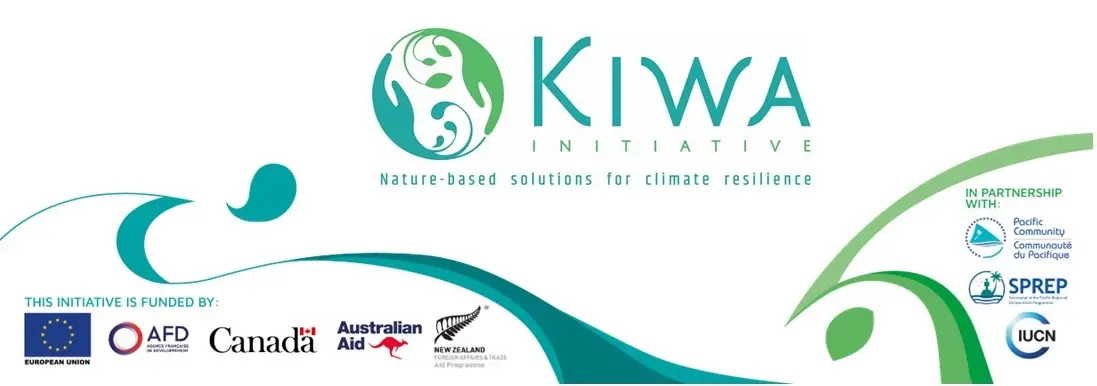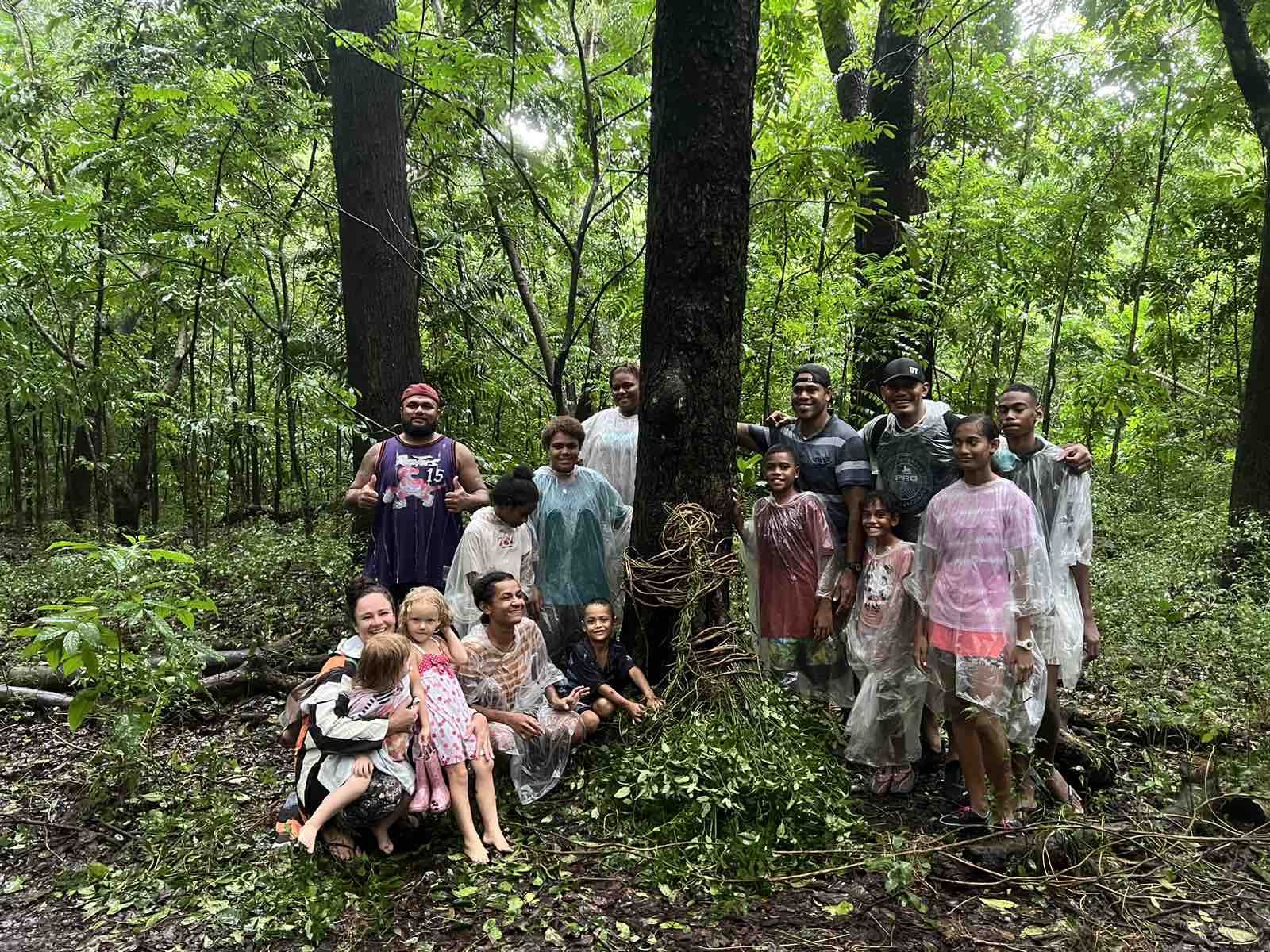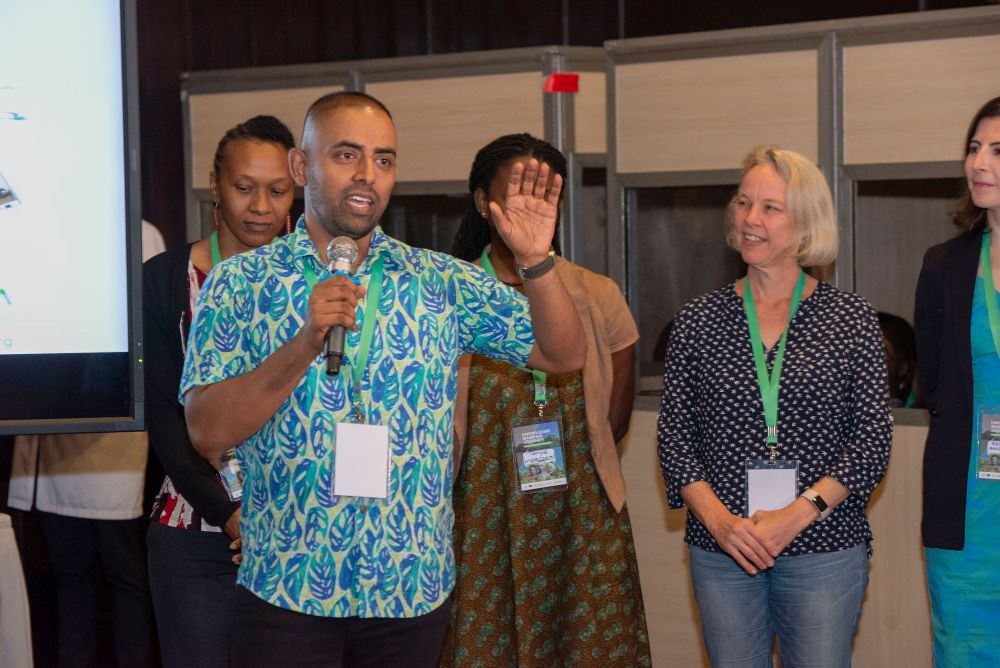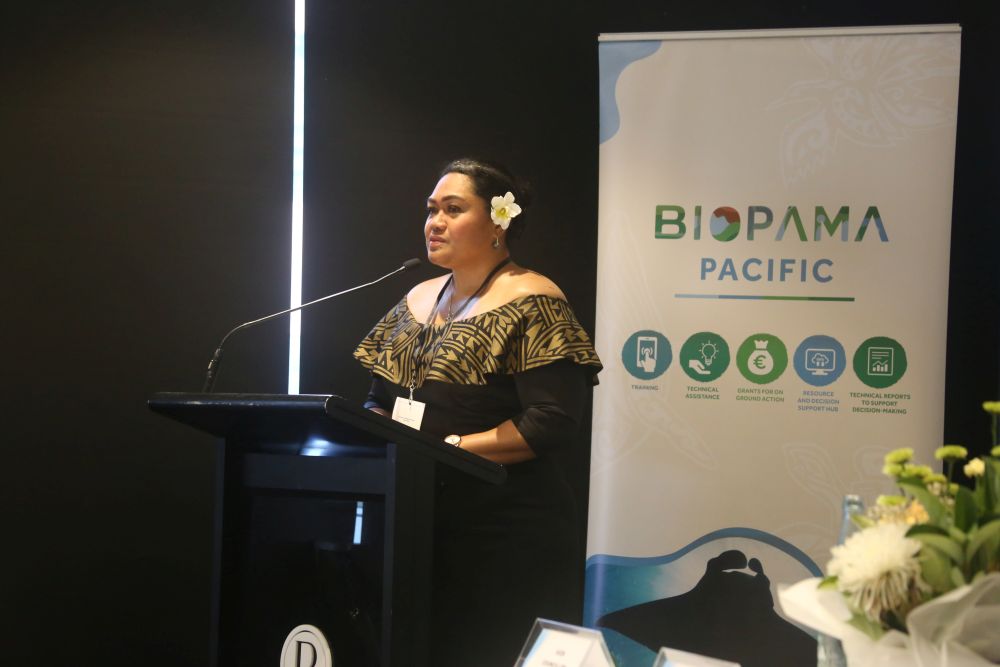Park rangers defend sand dunes from climate risks
With a focus on preserving biodiversity and promoting sustainable practices, the National Trust of Fiji (NTF) Kiwa Initiative Project is leading the way in ensuring the climate resilience of the Sigatoka Sand Dunes ecosystem. Through collaboration, awareness campaigns, and community participation, the project aims to create a relationship between people and nature.
The NTF is empowering communities to deal with climate change impacts by managing Sigatoka Sand Dunes National Park sustainably. This park is important to the overall health of the Sigatoka Sand Dunes ecosystem. The project aims to establish areas where forests can grow back near the National Park with the help of both the local communities and park rangers. At these spots, they will be planting different types of trees (agroforestry), removing non-native plants (invasive species control), and preventing damage to land that hasn't been harmed yet (avoided degradation).
These examples set up by the community will be used for various educational activities related to nature, such as teaching about useful native plants (ethnobotany) and waste management. They will also learn about creating nutrient-rich soil using organic materials (compost projects).
The NTF project, titled "Building coastal resilience—forest restoration, invasive management actions, and the Heritage in Young Hands Programme—of the Sigatoka Sand Dunes ecosystems," has set several objectives to strengthen the climate resilience of the Sigatoka Sand Dunes ecosystem by 2025.
One of the objectives consists of establishing three forest restoration demonstration sites, achieving 80% community engagement in agroforestry, and reducing the five identified invasive species throughout the Sigatoka Sand Dunes ecosystem. To achieve this, the project has been working with stakeholders to choose suitable locations for forest restoration in the National Park and Kulukulu Project areas. Activities include setting up a nursery in the National Park, managing planting stock, and developing an invasive species action plan for the selected priority invasive species.
Another objective is to prevent damage to the Sigatoka Sand Dunes ecosystem due to fires. This will be done by setting up three protective barriers around it called 'natural fire buffer zones', and another barrier to its west. A fire management plan will determine priorities and species for these zones.
Lastly, the goal is to raise community awareness and encourage climate adaptation action through the publication of an ethnobotany research study on the Sigatoka Sand Dunes ecosystem, community participation in the agri-nursery, waste management, and carrying out Health Parks and Healthy Peoples Campaign events by the Heritage in Young Hands (HIYH) Programme. The HIYH is a five-year environmental education programme that provides an opportunity for primary school students to make a real difference in their lives and surroundings.
The project has made a lot of progress during the first reporting period, with a focus on supporting the Kiwa Initiative team and donors on visits to the project sites. Moving forward, the project aims to finalise training and awareness materials, commence replanting activities, and conduct team training in drone surveys using a multispectral camera.
The NTF Kiwa Initiative project is a local project under the Kiwa Initiative. The initiative is funded by the European Union (EU), Agence Française de Développement (AFD), Global Affairs Canada (GAC), the Australian Government Department of Foreign Affairs (DFAT), and the New Zealand Ministry of Foreign Affairs and Trade (MFAT).
The Kiwa Initiative has established partnerships with the Pacific Community (SPC), the Secretariat of the Pacific Regional Environment Programme (SPREP), and the Oceania Regional Office of the International Union for Conservation of Nature (IUCN).




